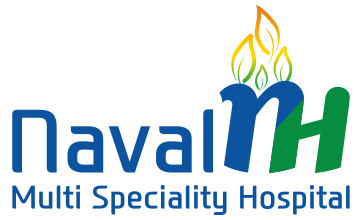Duodenal ulcers are formed in the lining of the small intestine and the most common cause of ulcer formation is the infection of Helicobacter pylori. The most common symptoms of the ulcer include sudden characteristic epigastric pain that subsequently moves to lower abdominal region. The ulcer is generally detected with the help of X ray or endoscopy. Among the common complications that arise if the ulcer is not treated in time are bleeding, perforation and blockage.
The perforated duodenal ulcers are usually treated in the following steps: Preparation of the patient, creation of pneumoperitoneum, diagnosis of the ulcer by laparoscopy, cleaning of the abdomen, closure of the perforation with the patch, suction of the operating field and final laparoscopy to check for any bowel injuries or chances of haemorrhage. In the final step, the instrument is removed by completely removing carbon dioxide and the wound is closed. The major advantage of this procedure is less postoperative pain, fast recovery and lesser chances of infection or complications.
